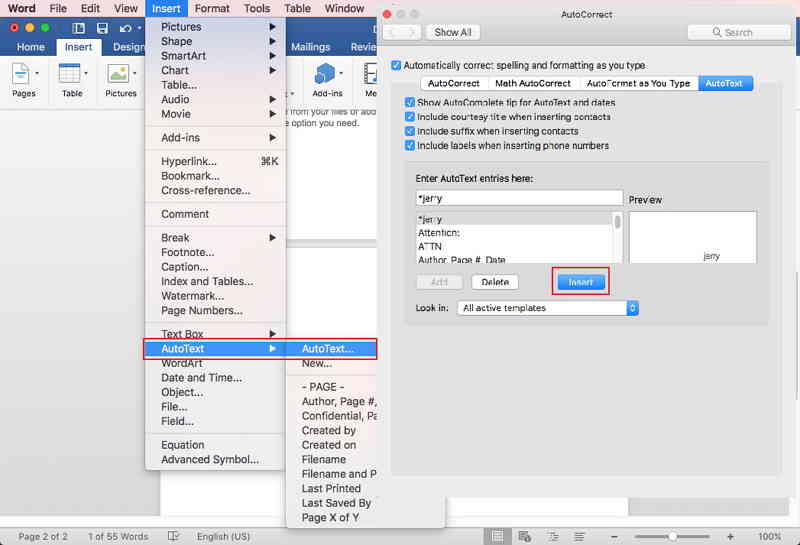

For example, if you’re using colour to identify key words in a document, make sure that you also make them stand out in another way (for example, by putting them in bold italics are not recommended). When using colour, you must make sure that any information conveyed with colour is also conveyed in black and white. Source: WebAim Typefaces and Fonts Appropriate Use of Colour
Use bold instead of italics or underlining text. Even though Verdana is a bit more complex, this minor complexity helps with disambiguation of characters. Similarly, capital "I", lowercase "l", and numeral "1" appear almost identical in some fonts, but are much more easily distinguished from each other in Verdana. This is contrasted with the wider opening and more distinct differences between "C" and "O" and "e" and "o" in the Open Sans typeface. The capital letters "C" and "O" and lowercase letters "e" and "o" in the Arial typeface look very similar due to the very narrow opening in the letters. The texts above illustrate common ambiguities. When glyphs or characters within a typeface appear similar to another, this can introduce ambiguity which must be processed by the brain, thus impacting reading speed and understanding. Be careful with complex fonts, especially for long sections of text. Simpler shapes and patterns of typographical text are more quickly and accurately analyzed by the human mind. Avoid small font sizes and other anti-patterns. Ensure sufficient, but not too much, contrast between the text and the background. Use a limited number of typefaces, fonts, and font variations. Use simple, familiar, and easily-parsed fonts. There is not a best typeface or font. Experts disagree on which typefaces provide the best readability. If posting document online - By January 1, 2014, Ontario Regulation 191/11, section 14: new internet websites and web content on those sites must conform with WCAG 2.0 Level A and by January 1, 2021, all internet websites and web content must conform with WCAG 2.0 Level AA.Īs of January 1, 2015, Ontario Regulation 191/11, section 12: requirement to provide, upon request, accessible formats and communication supports. LegislationĪs of January 1, 2013, Ontario Regulation 191/11, section 15: requirement to provide educational or training resources or materials in an accessible format, if notification of need is given. INSERT LINE IN WORD DOCUMENT MAC PDF
PDF or braille) while retaining its accessibility features. If you plan, format, and structure your document correctly in the beginning, it will ensure the file is not only accessible but can also be converted into a variety of different alternate formats (e.g.

For example, many people with visual disabilities use screen readers which read aloud information on the screen such as text or image descriptions provided through alternative text (Alt Text). It is important to make these changes to Word documents to accommodate a variety of disabilities. Making accessible documents ensures that they are usable by the widest range of users, but also ensures your document is easier to edit and navigate. Web-Accessibility Compliance Auditing for Queen's Websites.

Creating Accessible PDF files Using MS Word (Win/Mac).Accessible PowerPoint Presentations Checklist.Creating Accessible PowerPoint Presentations (Win/Mac).Creating Accessible Word Documents using Word (Win/Mac).The Web Standards and Accessibility Development Guide (WSADG).Best Practices for Service Animals on Campus.Information and Communications Standards.Integrated Accessibility Standards Regulation (IASR).Accommodating Students with Disabilities.Education, Training and Awareness for Faculty & Staff.Supports and Services for Faculty and Staff with Disabilities.Prospective Faculty and Staff with Disabilities.Education, Training and Awareness for Students.Supports and Services for Students with Disabilities.Future & New Students with Disabilities.







 0 kommentar(er)
0 kommentar(er)
